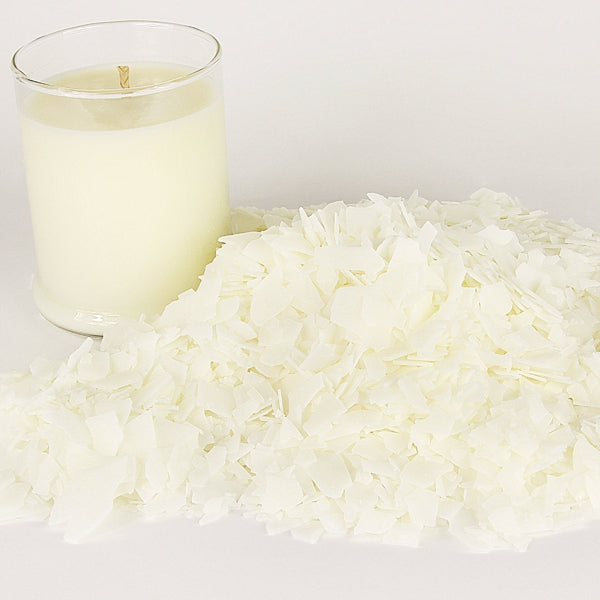Transform Your Home with Eco-Friendly Soy Candles and Home Fragrance
Transform Your Home with Eco-Friendly Soy Candles and Home Fragrance
Blog Article
From Wick to Wax: Comprehending the Chemistry Behind Soy Wax Candles and Their Environmental Impact
As we illuminate our areas with the cozy glow of candle lights, there exists a world of intricate chemistry behind the relatively simple act of lighting a soy wax candle. Join us as we untangle the scientific details behind soy wax candles and explore their implications on our atmosphere.
Soy Wax Vs. Paraffin Wax
When contrasting soy wax and paraffin wax for candle production, it is vital to recognize the distinct qualities and advantages of each material. Soy wax is a natural, eco-friendly source stemmed from soybean oil, making it environment-friendly and eco-friendly - home fragrance. On the other hand, paraffin wax is a byproduct of oil refining, which elevates problems concerning its ecological influence and sustainability
Soy wax candle lights melt cleaner and discharge much less residue compared to paraffin wax candle lights, making them a much healthier selection for interior air top quality. Additionally, soy wax has a lower melting point, enabling a longer-lasting candle light that distributes scent better. Paraffin wax, on the various other hand, has a tendency to shed faster and less easily, possibly releasing damaging chemicals into the air.
From a sustainability perspective, soy wax is preferred for its biodegradability and eco-friendly sourcing, lining up with the growing customer preference for ecologically conscious items. While paraffin wax has been a conventional option in candle making as a result of its cost and simplicity of use, the shift in the direction of green options like soy wax is getting momentum in the sector.
Chemical Composition of Soy Wax

Combustion Process in Soy Candles
The chemical composition of soy wax directly affects the combustion procedure in soy candle lights, impacting elements such as burn time, aroma release, and ecological influence. When a soy candle light is lit, the heat from the fire thaws the wax near the wick.
The combustion efficiency of soy candle lights is influenced by the purity of the soy wax and the quality of the wick. A clean-burning soy candle with a properly sized wick will minimize and produce a steady fire residue development. This not just expands the burn time of the candle light yet likewise boosts the launch of fragrances. go to these guys Additionally, soy wax candles have a lower ecological impact compared to paraffin candles because of their eco-friendly and renewable nature.

Ecological Advantages of Soy Wax

Considered a sustainable alternative to traditional paraffin wax, soy wax uses significant ecological benefits that make it a preferred selection amongst eco-conscious customers. One significant benefit of soy wax is its renewable sourcing. Soy wax is derived from soybean oil, which is mostly cultivated in the United States. The cultivation of soybeans helps sustain local farmers and lowers the dependence on non-renewable fossil gas utilized in paraffin wax production. Furthermore, soy wax is naturally degradable, implying it breaks down normally without releasing unsafe contaminants into the environment. This particular makes soy wax candles a more environmentally pleasant choice compared to paraffin wax candle lights, which are made from oil, a non-renewable resource. Moreover, soy wax burns cleaner and generates less residue than paraffin wax, adding to better interior air high quality and decreasing the requirement for cleaning and upkeep. Generally, the environmental advantages of soy wax align with the expanding demand for lasting and green items out there.
Recycling and Disposal Factors To Consider
Recycling and correct disposal of soy wax candle lights play an important role in maintaining environmental sustainability and decreasing waste in neighborhoods and families. When it comes to reusing soy wax candle lights, the very first step is to ensure that the candle has burned completely.

In regards to disposal, if recycling is not a choice, soy wax candles are naturally degradable and can be securely taken care of in many home waste systems. It is constantly recommended to examine with regional recycling centers or waste monitoring services for details standards on candle disposal to guarantee proper handling and environmental security.
Verdict
Finally, the chemistry behind soy wax candles discloses their environmental benefits over paraffin wax candles. Soy wax, derived from soybean oil, burns cleaner and generates less residue when compared to paraffin wax. The combustion procedure in soy candles is extra effective, resulting in a much longer and a lot more also shed. In addition, soy wax is renewable and eco-friendly, making it a much more lasting choice for candle light manufacturing. Recycling and appropriate disposal of soy wax candle lights even more add to useful reference their ecological effect.
When contrasting soy wax and paraffin wax for candle production, it is important to recognize the distinctive features and benefits of each product (crystal soy candles).Soy wax candle lights burn cleaner and release less soot compared to paraffin wax candles, making them a much healthier selection for interior air quality.Thought about a lasting choice to traditional paraffin wax, soy wax supplies noteworthy environmental benefits that make it a prominent option among eco-conscious customers. Soy wax burns cleaner and generates less residue than paraffin wax, contributing to better indoor air quality and decreasing the requirement for cleansing and upkeep.In conclusion, the chemistry behind soy wax candles exposes their environmental advantages over paraffin wax candles
Report this page